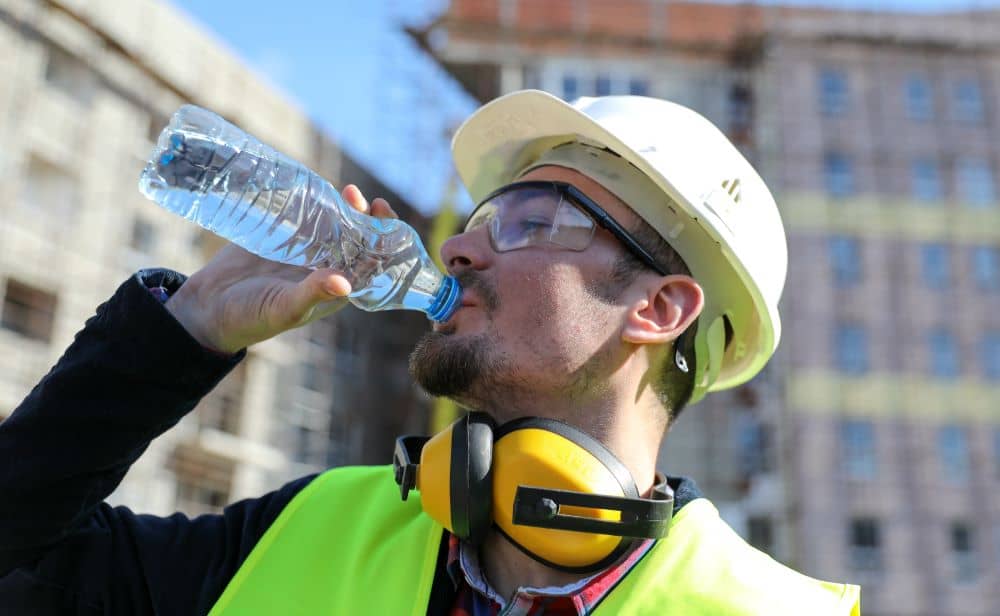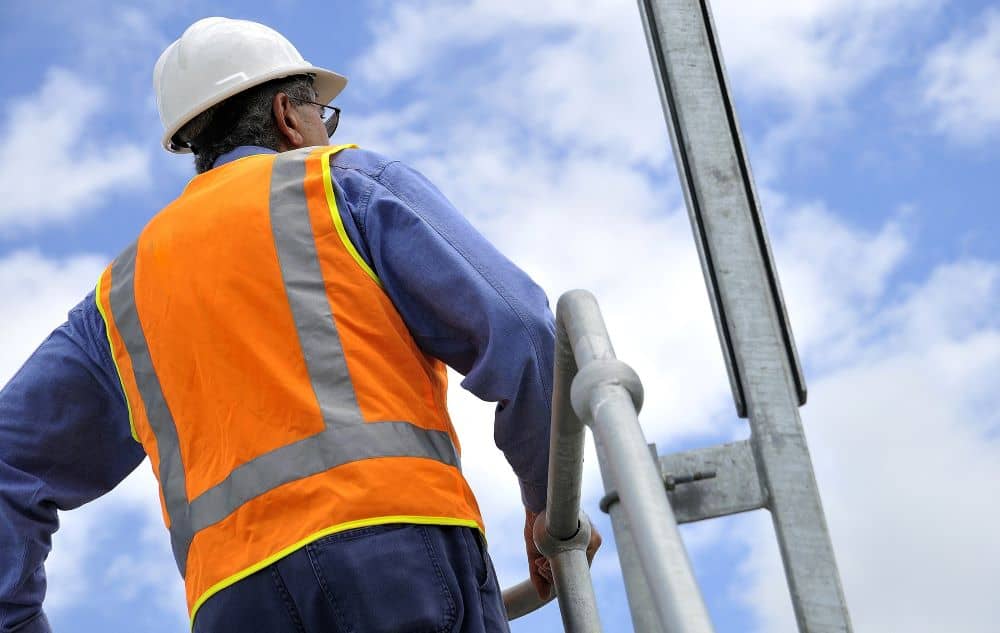Best Tips to Keep Workers Sun-Safe This Summer
Construction workers, fishers, postal workers, gardeners, and farmers: what do they have in common? They all work under the sun, which makes it crucial for them to stay protected from sun exposure. This short guide gives essential tips that can benefit employers and outdoor workers alike.
Water, Water, and More Water
You don’t need an expert to tell you that water is critical for desert survival. Sure, your employees will not be in the desert. However, they could still be exposed to hazardous conditions comparable to dry land. Working outside in the heat can quickly lead to dehydration. And did you know that by the time a worker recognises their thirst, they’re already two to three per cent dehydrated? The longer it takes for a worker to grab a drink, the higher the possibility of suffering heat exhaustion.
Employees should understand the importance of drinking water. As the employer, you may want to combine access to water and work breaks, which will help in combating dehydration. They should easily get cool drinking water that you can provide in areas close to where they are working. Make sure that you actively encourage employees to take small amounts of water at least every hour. It’s recommended that outdoor workers drink four cups of water each hour when the heat index is between 39.4 and 46 degrees Celsius.
Alcohol and caffeinated drinks may be enjoyable during breaks, but outdoor workers should not consume them at the job site. It also helps to have air-conditioned rooms, or at least a cool, shaded area where they can rest or eat.
Sunscreen for the Skin
For those working indoors, the sun is often a welcomed friend. However, it is generally viewed as an enemy of outdoor workers. While working outside, particularly between 10 AM and 2 PM, a person is exposed to about two-thirds of ultraviolet radiation on that specific day alone. It’s easy to see why skin cancer numbers continue to climb globally. Research states that two in three Aussies will have skin cancer before they reach 70 years old.
It is alarming, especially since most skin cancers can be prevented by simply avoiding prolonged sun exposure. While outdoor workers can’t stay away from the sun, there are ways to reduce the risk for skin cancer, including wearing sunscreen.
Sunscreen products are not created equal, though. Make sure that workers are educated when it comes to picking the best sunscreen for protection. A broad-spectrum product offers protection against both UVA and UVB rays. UVA is the more damaging of the two since it reaches deeply and can harm skin cells. UVB, on the other hand, is easier to fight off, with sunscreens using Sun Protection Factor (SPF) as the gauge to combat it.
The frequency of application depends on the product that you are using. If the sunscreen has SPF30, it means that it protects the skin from UVB rays about 30 times longer compared to bare, unprotected skin. So, if the worker’s skin turns red within 10 minutes, sunscreen with SPF30 can keep the sun from hurting the skin for up to 300 minutes. SPF is also used to determine how much UVB can be blocked. For example, if it says SPF15, it offers 93% protection while SPF30 can block up to 97%.
We recommend water-resistant sunscreens for outdoor workers. These products typically last anywhere from 40 to 80 minutes. If wearing ordinary sunscreens, a more frequent reapplication may be required, especially after sweating.
Sun Protective Clothing
The clothing worn by an outdoor worker is an integral part of keeping the skin protected against harmful UV rays. It’s the best sun protection available. However, it should be noted that not all clothing can provide such a benefit. Several factors need to be considered, including the material, colour, and weave, which all have a direct effect on the amount of ultraviolet radiation that can be blocked.
Often, sun-exposed workers are required to wear long-sleeved shirts and pants. These articles of clothing should be made with darker colours using closely-knit materials.
To make searching for clothing for workers easier, look for garments labelled with an ultraviolet protection factor (UPF). These items guarantee better protection and are generally made of light fabrics, which allow the skin to breathe and the wearer to feel cooler. They are also treated with chemicals or dyes that help prevent sun damage.
Choose clothing with UPF50 or higher, which has the best protection against UV light. UPF50 denotes that the clothes only allow 1/50th of UV radiation to reach the skin. That’s a huge difference! By comparison, if a worker wears a simple white cotton T-shirt, they may only get about UPF5, which can be truly damaging to the skin and its underlying layers.
Other Useful Accessories
A wide-brimmed hat and sunglasses are the most common accessories outdoor workers can wear to prevent sun damage. A hat can protect the face, ears, the back of the head, and even the neck and nape. Workers who wear a hard hat can add accessories fitted under or over the hat to protect against the sun.
Sunglasses help prevent glare, especially during bright sunny days. However, you cannot just pick any pair. Pick sunglasses with UVA and UVB protection to confidently work under the heat. Other items that can make outdoor work much easier include:
- Umbrellas
- Sun blankets
- Shoes that cover the feet entirely
- Breathable sun protection face mask
Do you work under the sun? Or perhaps your employees do. While any outdoor work has the highest risk of UV exposure, dehydration, and heat stroke, it’s always possible to keep yourself and everyone protected. Implement a sun safety program that teaches and trains workers how to protect, prevent, and provide first aid in case of injury. Don’t forget to add sun protection solutions, such as sun-protective clothing, sunscreen, and other accessories, which you can all find here in our shop.


